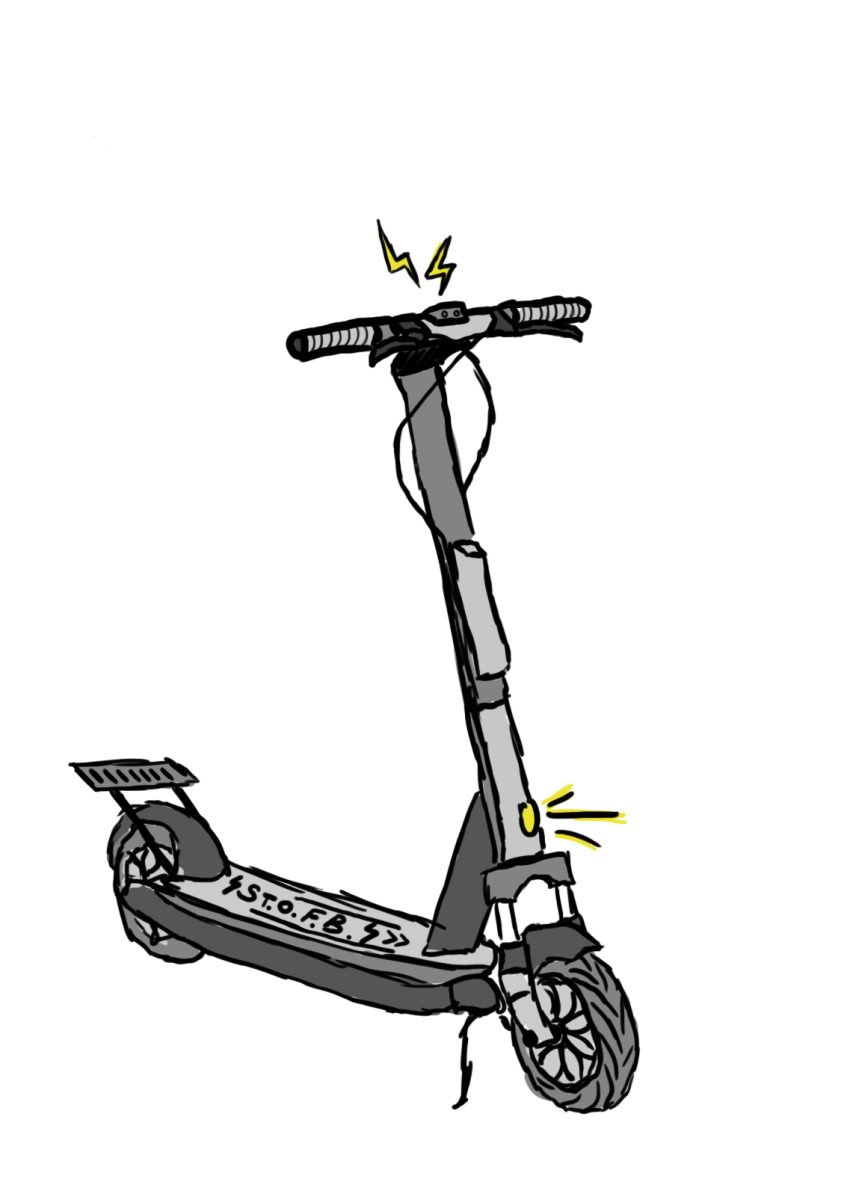We’ve had a very interesting year of weather patterns and events in Minnesota, ranging from blizzards in March to almost no snow over the whole month of January, despite having sub-zero temperatures. As someone who grew up here, I’ve come to love and adore the snowy atmosphere of Minnesota in winter — even though it can get bone-chilling cold. I could put up with the cold weather given that the powdery snow covered most of the ground, making it seem like a fun winter wonderland. Nothing was better than going sledding or ice skating at the park and having hot chocolate afterward. But, in the last couple of winters, there’s been a severe lack of snow compared to what once was. It has just been bare ground and below-freezing temperatures.
We are a state known for our snow and freezing temperatures, so what happened to us? What is Minnesota without the winter wonderland it used to be? It’s been a depressingly bare winter without our cover of snow or sky of snowflakes. In some respects, this can be attributed to weather patterns such as El Niño, but there’s no doubt that our rising global temperatures and climate change in general are contributing to our erratic weather and warm winters. But, while there are a lot of policies and changes that need to be done on a higher scale — such as holding companies accountable and preventing waste from entering our oceans and lands — there are also a few things we can do as consumers to lessen our impact on the environment and Earth.
For starters, a big problem with waste comes from overconsumption of goods that aren’t able to be recycled or broken down organically, leaving them to rot in landfills for the next hundreds of years. So, starting with overconsumption, an efficient way to reduce your impact is simply buying what you actually need and would use, rather than just buying something for no reason.
Food waste ends up contributing a lot to this problem as well, so going back for seconds instead of taking what you won’t eat from Stav is another effective way to help reduce food waste and effectively use our resources.
Using a reusable bag or tote bag when you go shopping or to the grocery store rather than taking a plastic bag helps in lowering our waste amount. Tote bags and reusable bags also just look better than boring plastic ones and are often stronger and can hold more anyway.
Finally, avoiding single-use plastic and reusing durable utensils and plates can alleviate some of the waste that ends up in landfills.
Climate change is something that needs immediate attention from politicians and the government. Our planet is something that needs to be saved and protected, not used and discarded. Simple things such as reusable bags and less waste are a couple of ways that we consumers can help this crisis.





